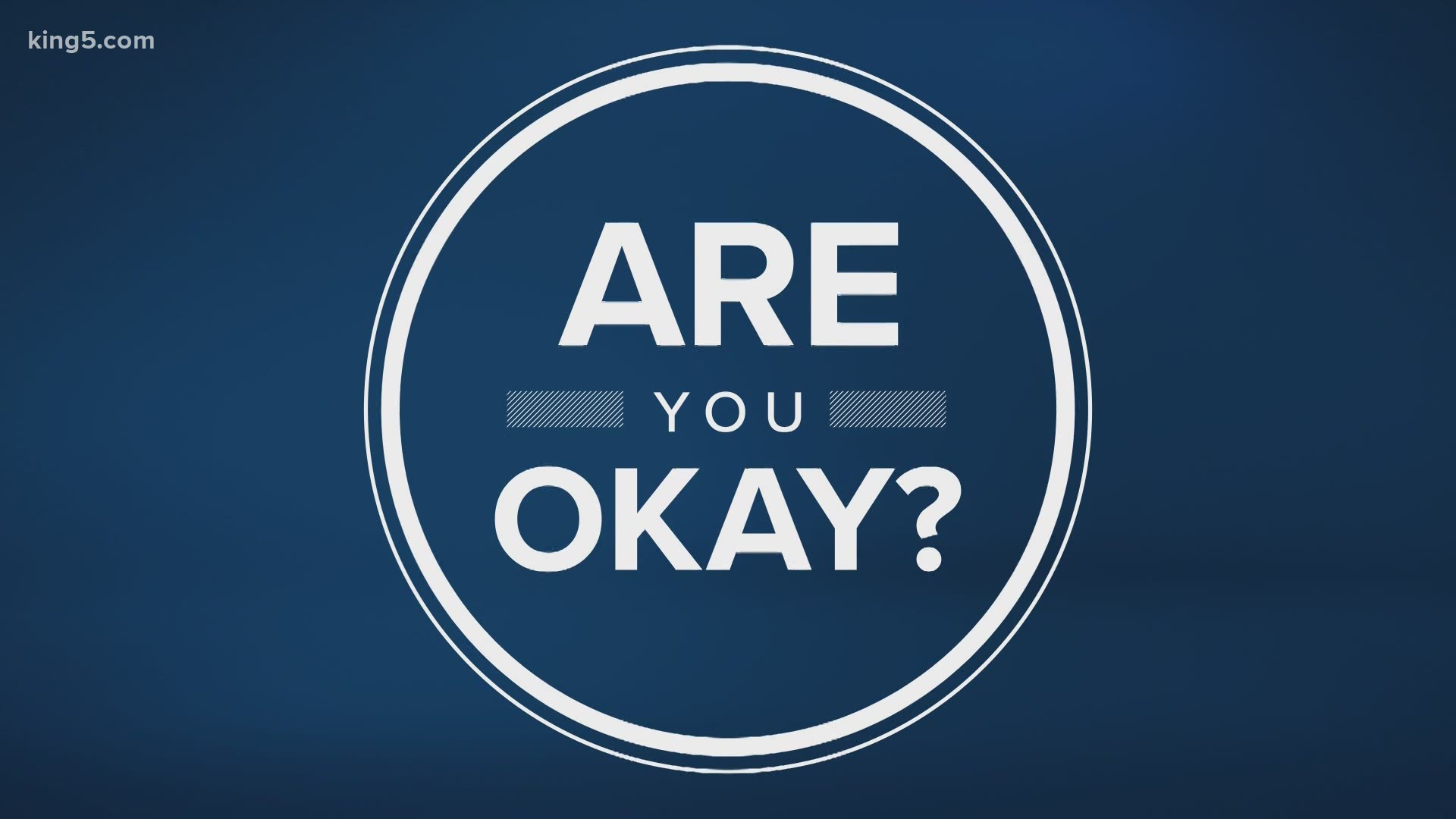Many of us are worried about our kids. There’s a lot for them to process and the violence at the nation's Capitol adds even more to their plates. It’s worth asking, how can parents help kids handle what they’re seeing?
As part of our on-going series "Are You Okay?" Dr. Chris Ladish, chief clinical officer of pediatric behavioral health at Mary Bridge Children’s, offers advice.
How do I talk with my children about the violence at the Capitol?
Often our first instinct as parents, or the adults in a child’s life, is to help our children understand by explaining what is happening. Our intent is to help. But, Dr. Ladish warns giving children too much information can cause overwhelm. Instead, she suggests letting your child take the lead.
To do this, Dr. Ladish says to first consider your child’s age and development level. Then, she says it’s best to find out what they know.
“Start by asking really open-ended questions,” Dr. Ladish said. “Like, have you seen the news? Or, do you understand what’s happening?”
Wait for your child to respond. Listen to understand what they know. If there are questions or pieces of information your child is missing, Dr. Ladish recommends giving short, one-to-two sentence answers. That’s because it’s important to go at their pace. Sometimes five-minutes is enough. Your child might not need to know much more. Alternatively, older kids like tweens and teens might be ready for an in-depth conversation.
Dr. Ladish reminds us that the topic is part of an on-going dialogue rather than a single conversation.
“Kids, like all of us, have to visit and revisit topics to process them,” Dr. Ladish said. “So, keep the subject open with your children.”
How do we help our children talk with peers and others whose ideas differ from ours?
Civil conversations about civic matters can help us keep the peace. As children gain independence, we must expect their ideas will be challenged from time-to-time. In preschool, children might argue over the color of a crayon. In grade school there may be skirmishes about places in line, turns on the playground, and more serious matters. By the tween and teen years political debate and clashes of ideals are likely.
Dr. Ladish said you can and should prepare your child for differences in opinion. She recommends a three-pronged approach:
- First, account for the maturity of your child.
- Second, consider your beliefs as a family. You might write these down together. And, don’t be surprised when tweens and teens chime in with their own beliefs.
- Third, consider how open you are, as a family, to new and differing ideas.
Simply being aware of beliefs, and orientation toward new ideas, is a good way to prepare for discussions. Dr. Ladish reminds us that through dialogue comes understanding of others. If nothing else, by engaging in conversations there is an opportunity to gain perspective. Through this process, she says you are teaching your children to advocate for themselves. These are important life skills.
H2: How can we help kids who feel stressed and anxious about what they saw?
It’s human instinct to respond to major events of violence with concern and stress, Dr. Ladish said. Just like us, children want to know they are safe. There are ways to be reassuring with our children.
To begin, reassure your children that they are safe. Talk about how you are safe and why you know you are safe.
Then, consider how much media exposure you and your child are getting. Manage media exposure and limit how often you check your smart phone. This will help you and your children mitigate stress and focus on elements of life that are in your control.
Another way to help children reduce stress and anxiety is through routine building. Creating predictability helps everyone in the family cope with the elements beyond our control. Dr. Ladish recommends a simple approach:
- Establish predictable bedtimes and mealtimes for a daily routine.
- Spend time together doing fun activities that create bonds and distract from stress.
- Practice selfcare. Children often notice and respond to your emotional state.

